
Some of the stranger, more exotic colors, patterns and markings.
There are plenty of grey areas in the wide world of horse colors. Considering the many combinations of dilutions, modifiers and white patterns that can affect coat color, horses come in almost every color imaginable.
Unexplained Markings and Patterns
While some of the rarer markings are the result of various white patterns (especially pinto), there are also plenty of unexplained markings and patterns. Some of which have had geneticists scratching their heads for years.
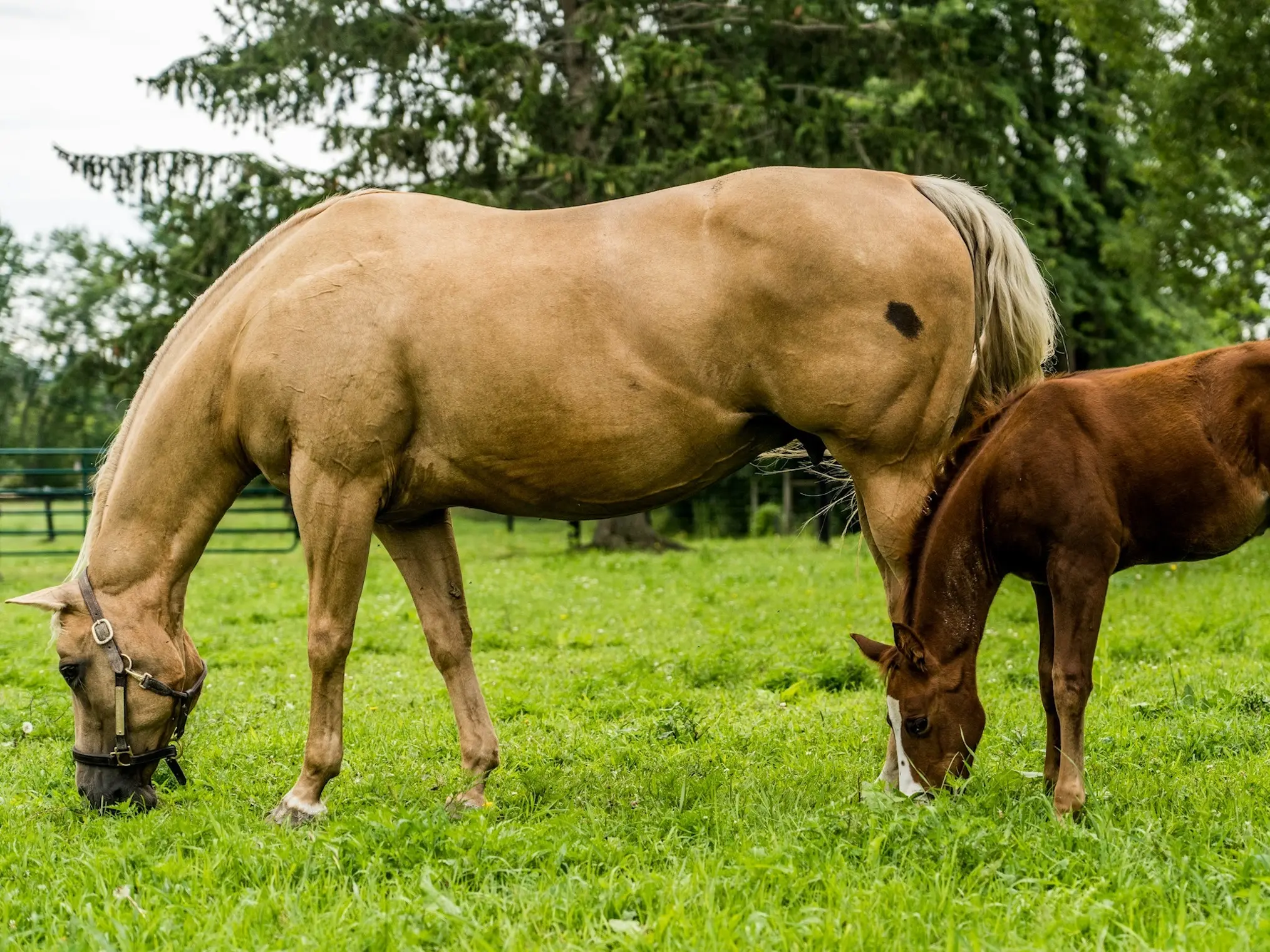 Bend Or Spots
Bend Or SpotsDark spots that appear on lighter coats, can be found on any variation of chestnut base (including palominos) and bays as well.
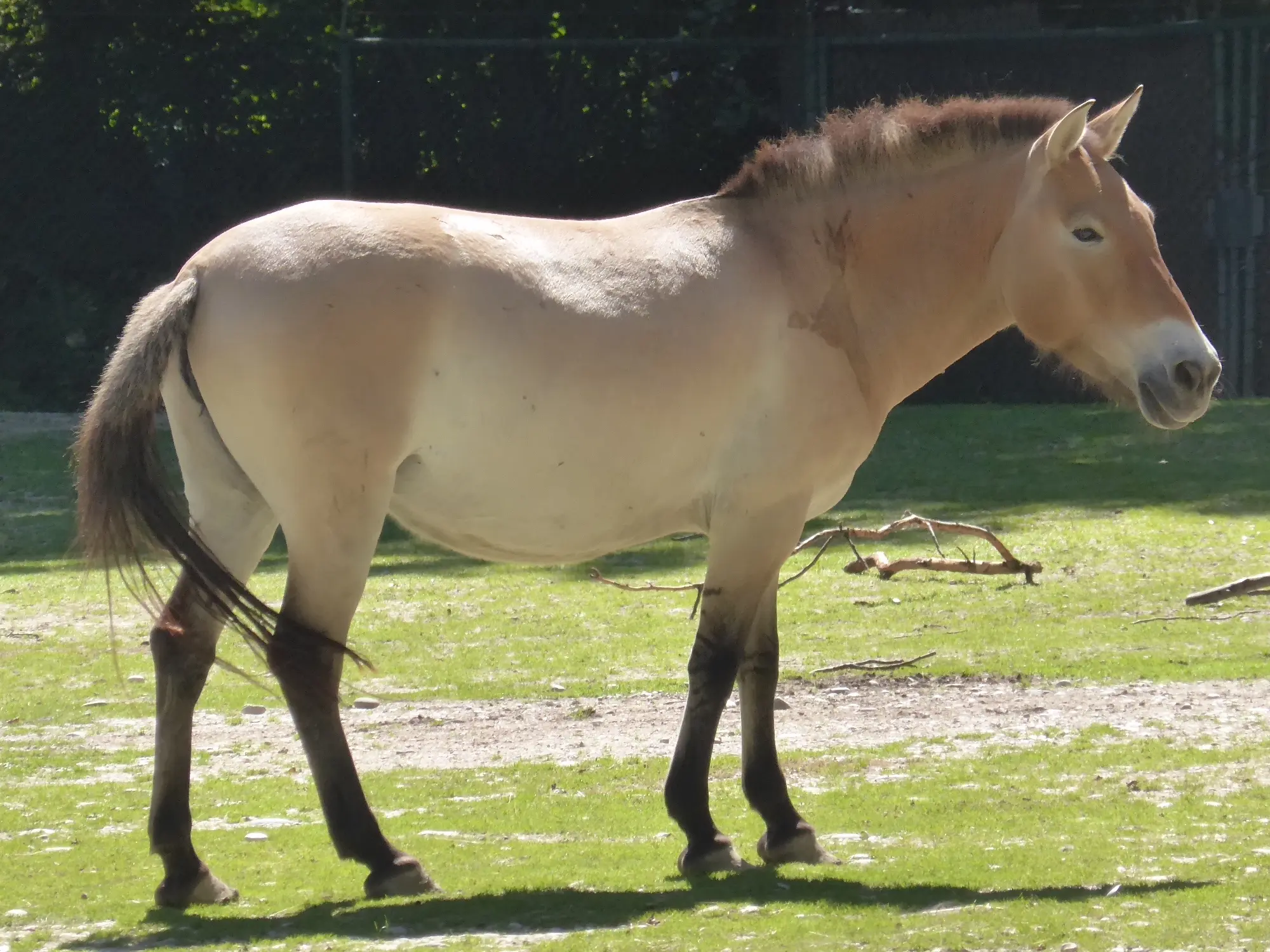 Bider Marks
Bider MarksFound only in Przewalskii and Mongolian breeds, biders are irregular symmetrical webbing found on the shoulder and neck area.
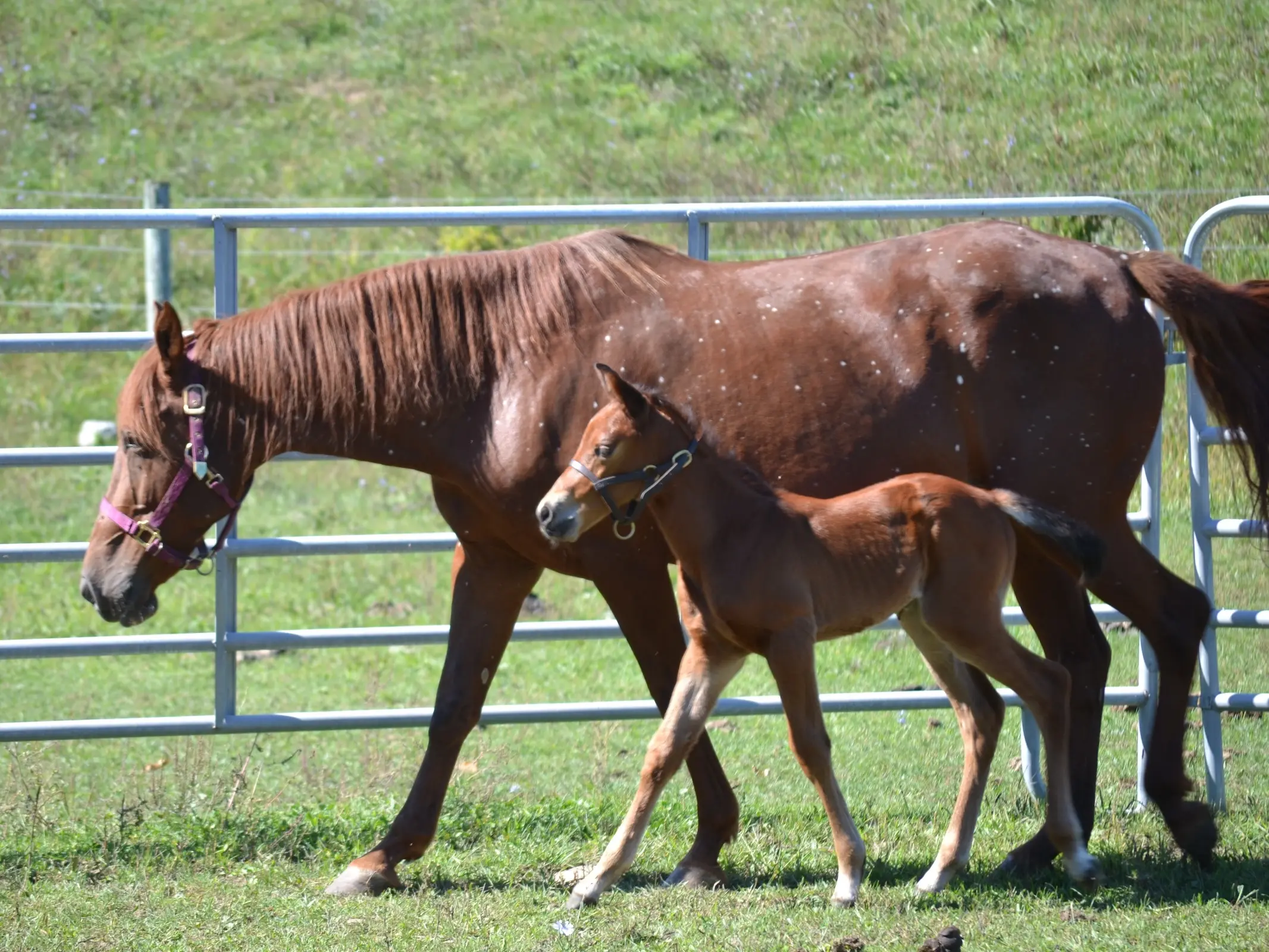 Birdcatcher Spots
Birdcatcher SpotsSmall white spots that can be found on any color coat. Usually ranging from pearl to silver dollar shaped, scattered randomly.
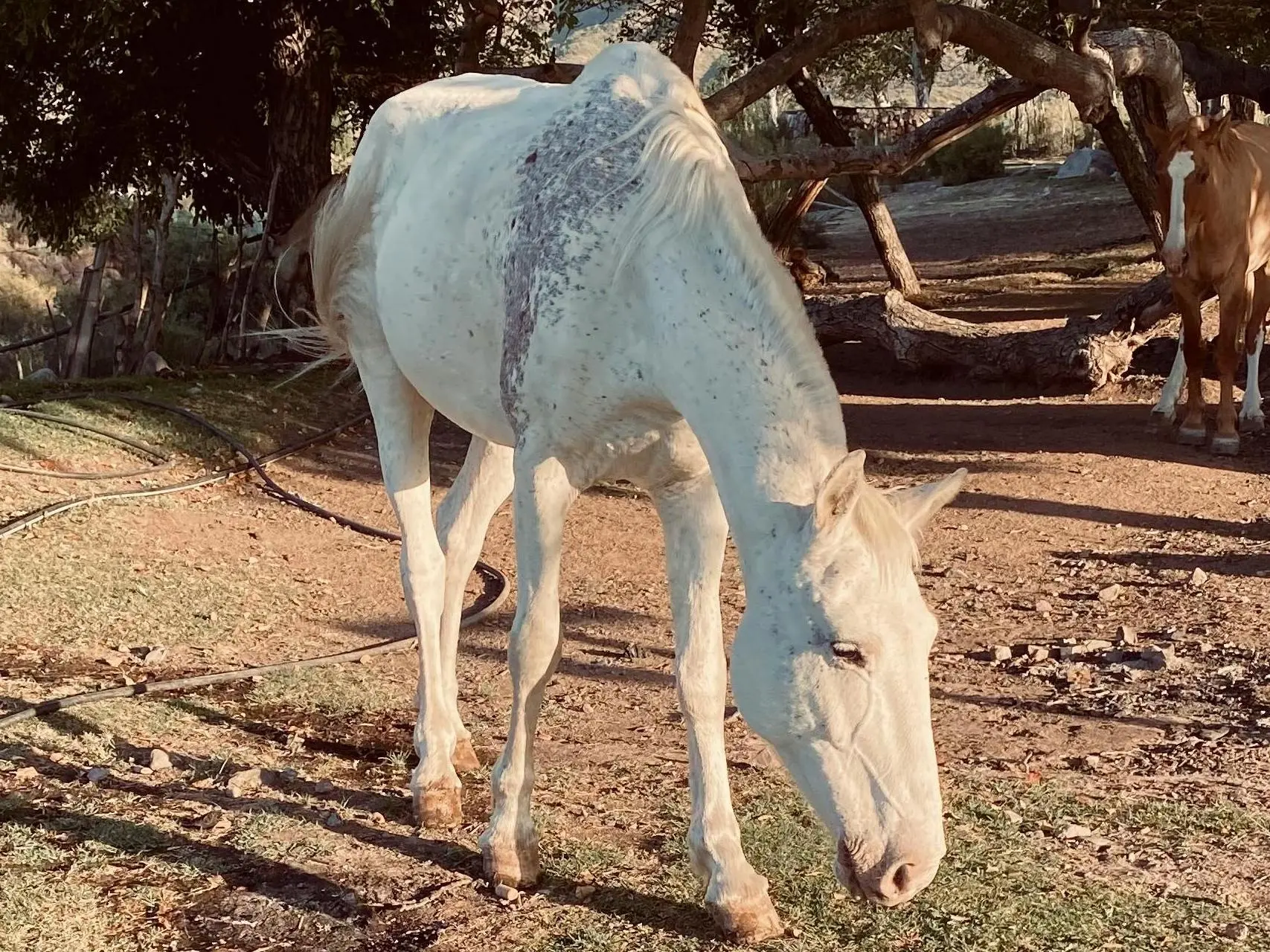 Blood Marks
Blood MarksBlood marks are only found on greying animals and is the result of a concentration of fleabites (usually on the shoulder or neck area).
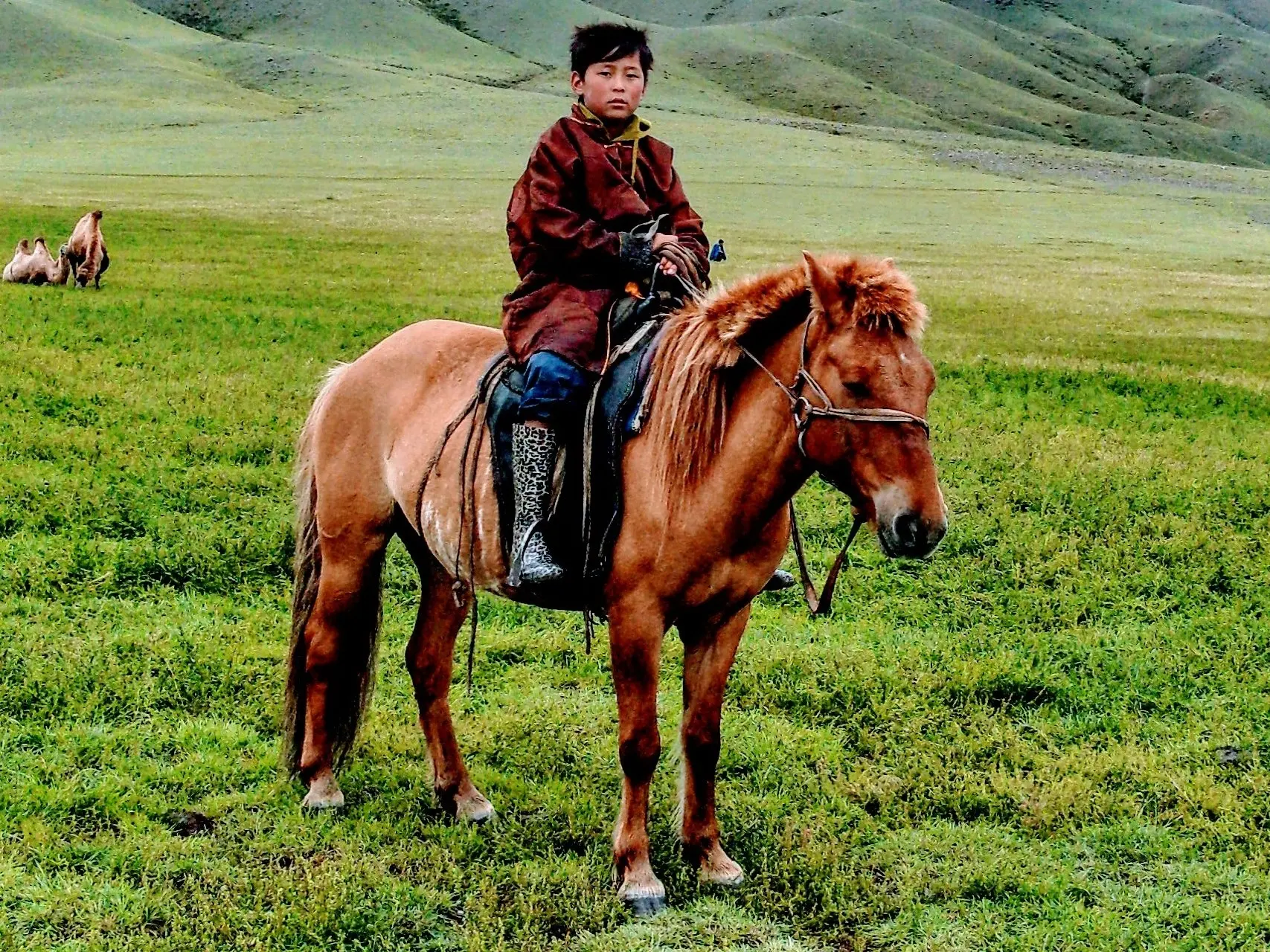 Brindle
BrindleBrindle is a vertical striping pattern that is not the same color as the body, more commonly found in cattle in dogs than horses.
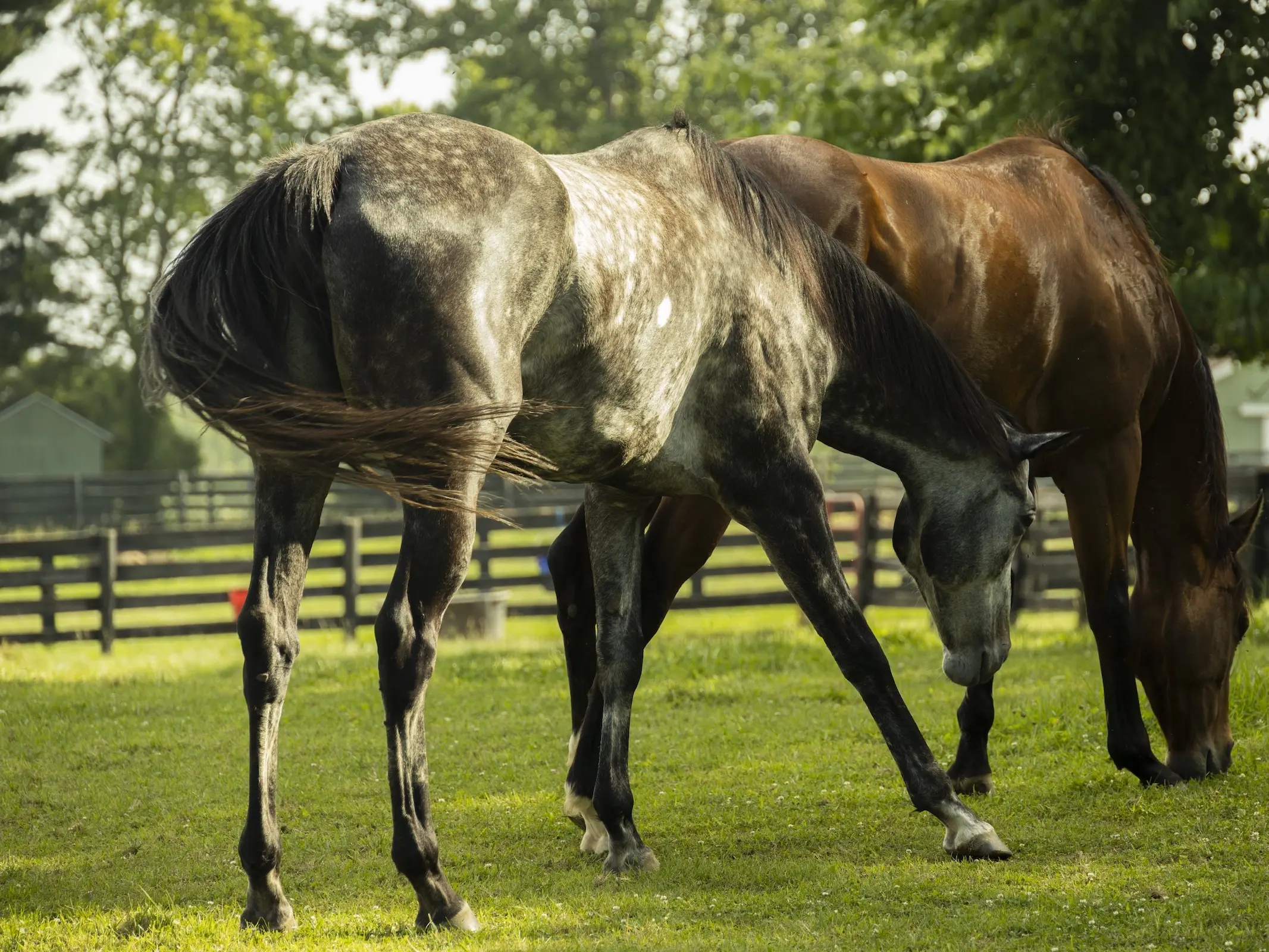 Chubari Marks
Chubari MarksChubari marks only affect grey animals. They are egg shaped spots with clean edges, evenly distributed through the coat.
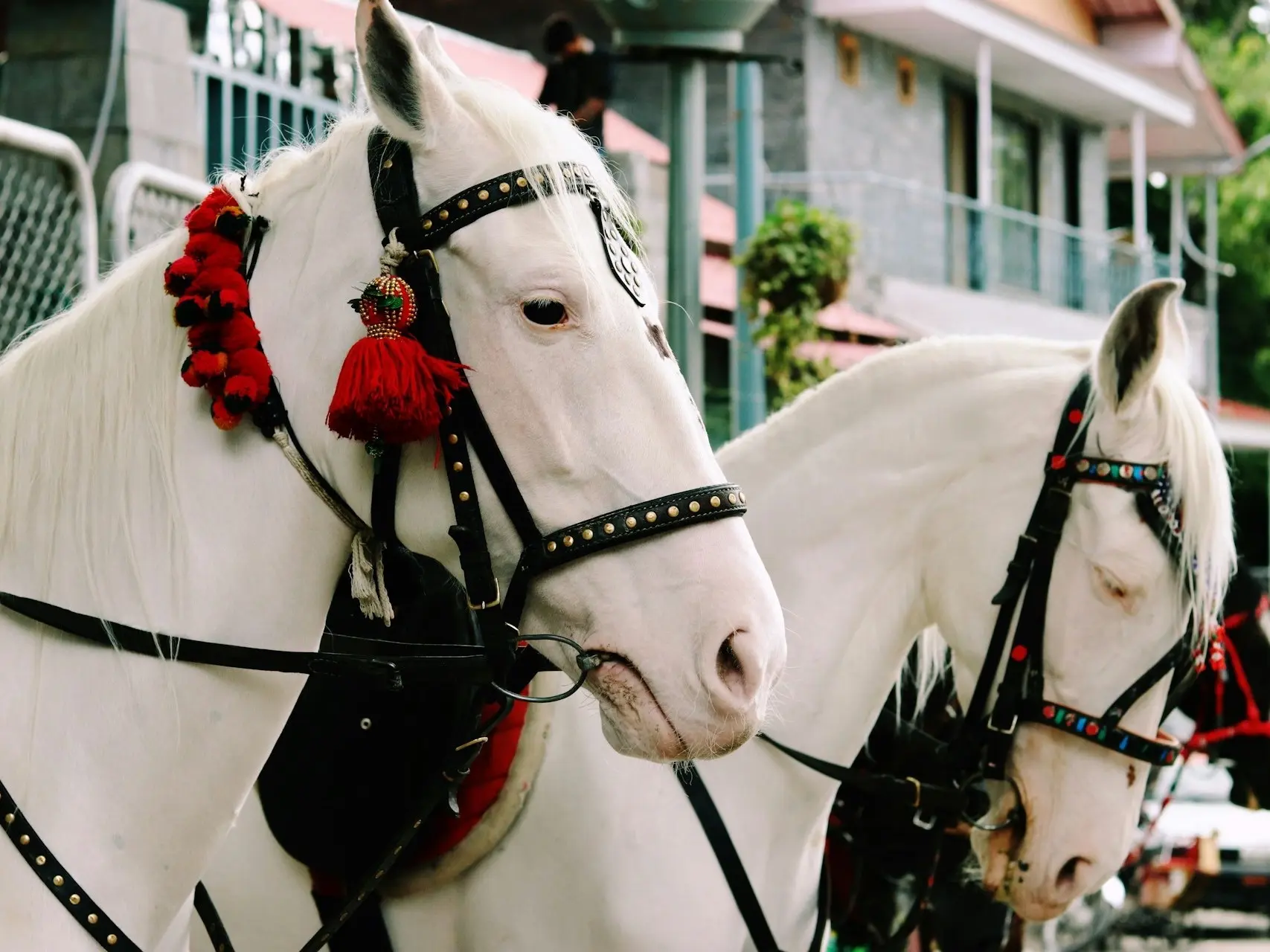 Dominant White
Dominant WhiteDominant white can come from a variety of genetic factors, their common factor is that they produce almost pure white animals.
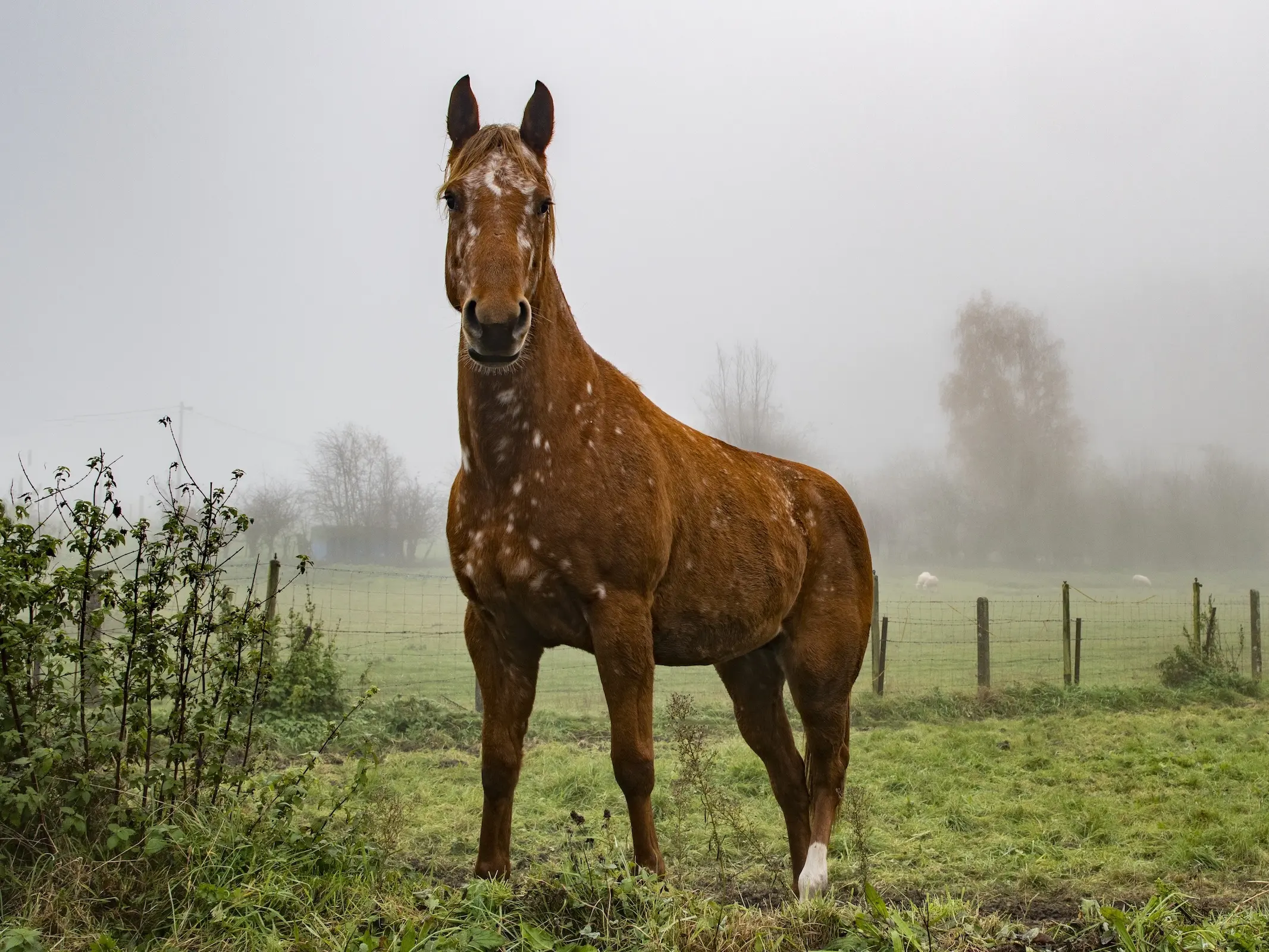 Fungal Marks
Fungal MarksThe result of a fungal infection that damages hair follicles and a regrowth of hair without pigment, often on head and neck.
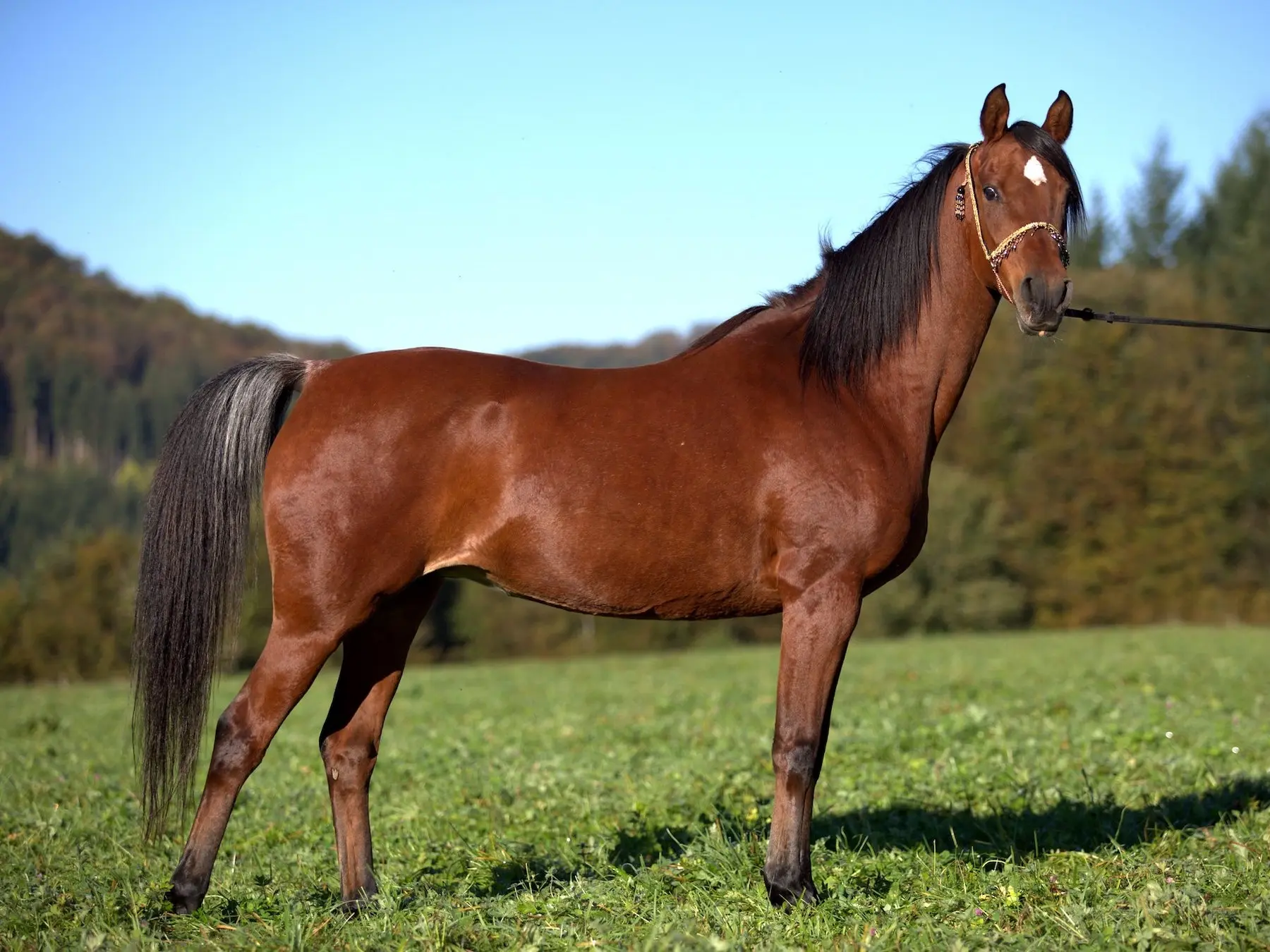 Gulastra Plume
Gulastra PlumeNot very well understood or researched, a Gulastra Plume is light hairs interspersed in a bay animals mane and tail hairs.
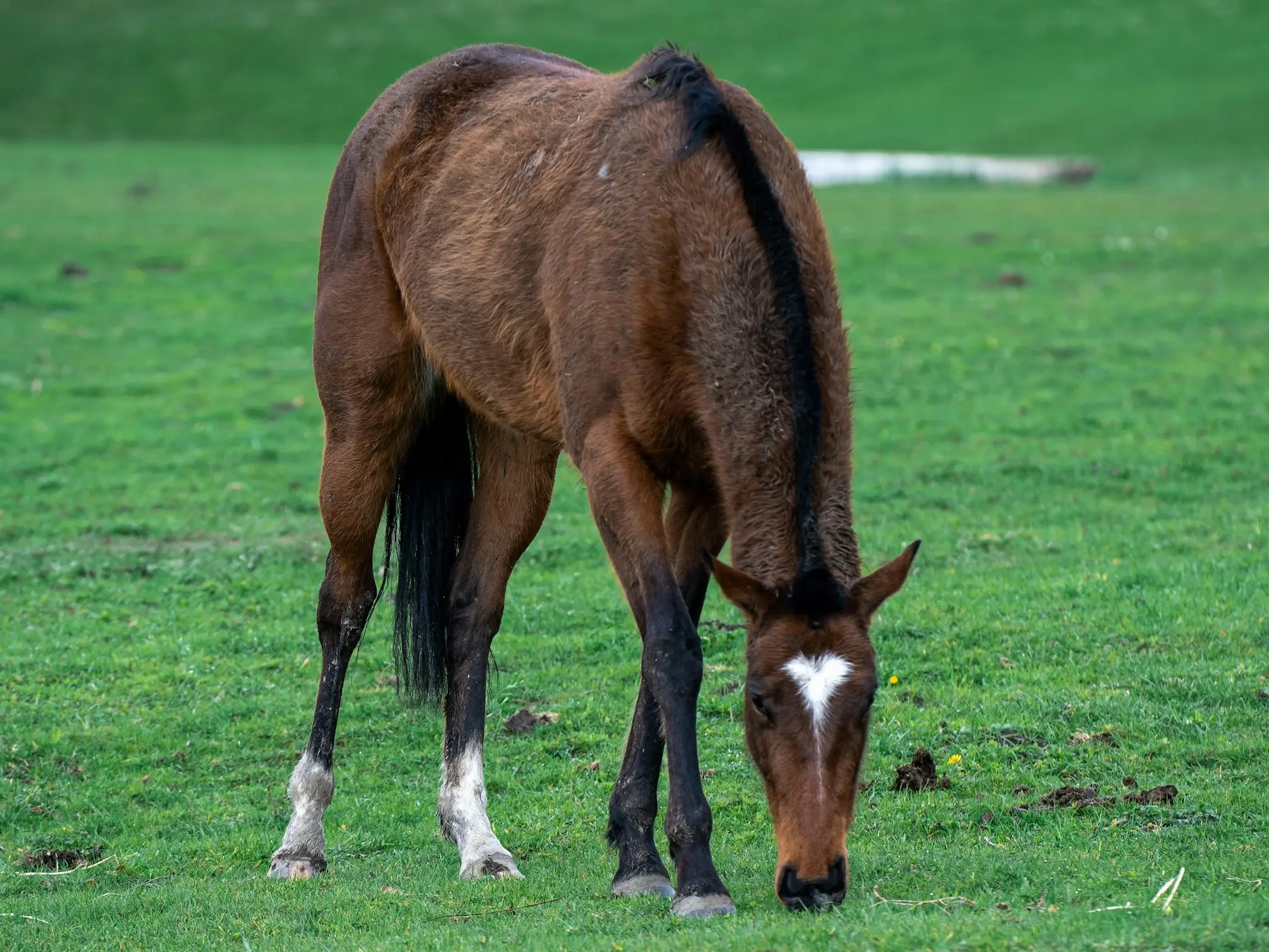 Heart
HeartStars are common, those with a heart shape not so much. Possibly the result of an occluded marking and definitely a great mark.
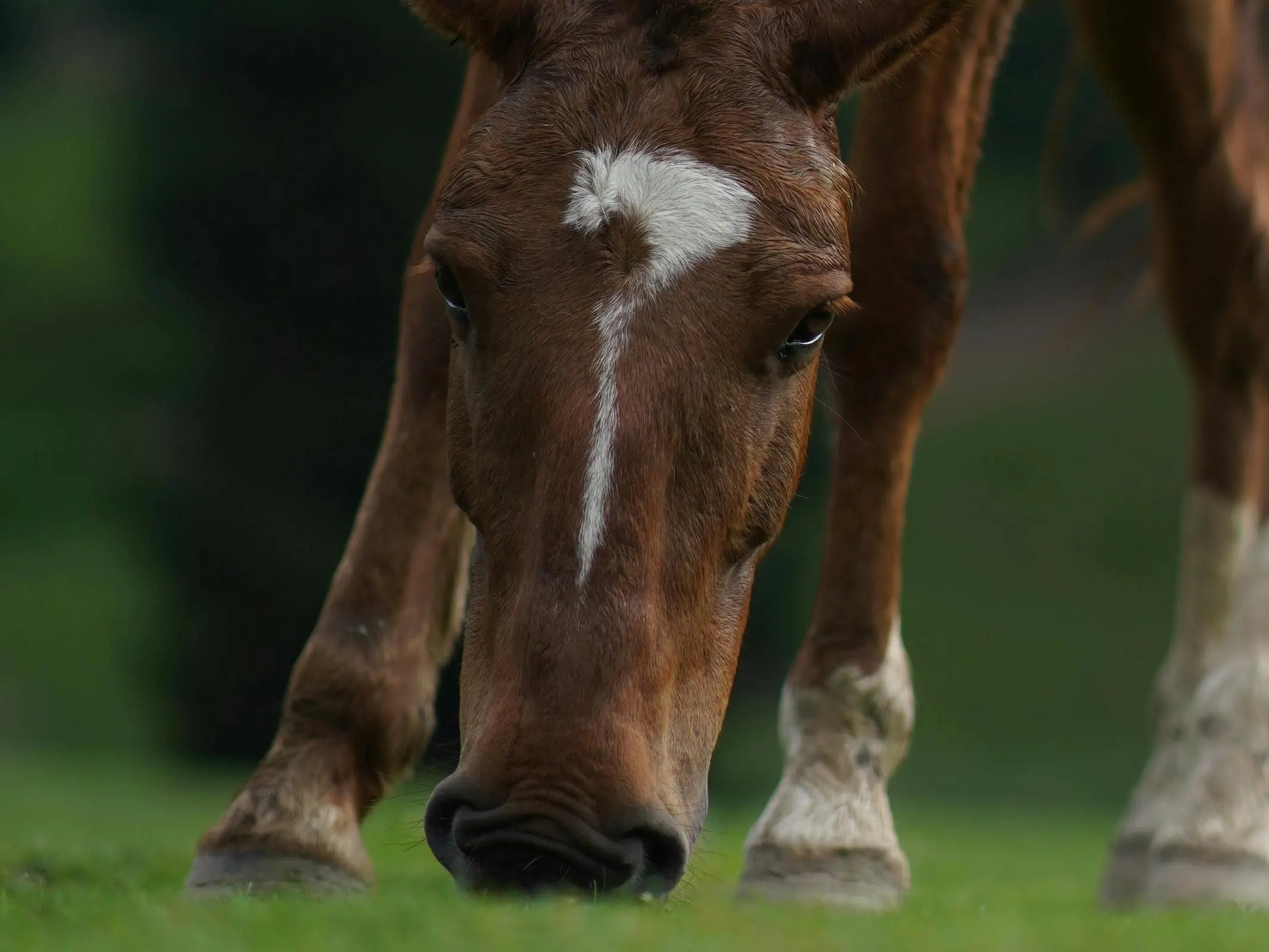 Horse
HorseAnother lucky and rare occluded marking offering and an even rarer one. Horse shaped markings aren’t art, but they are interesting.
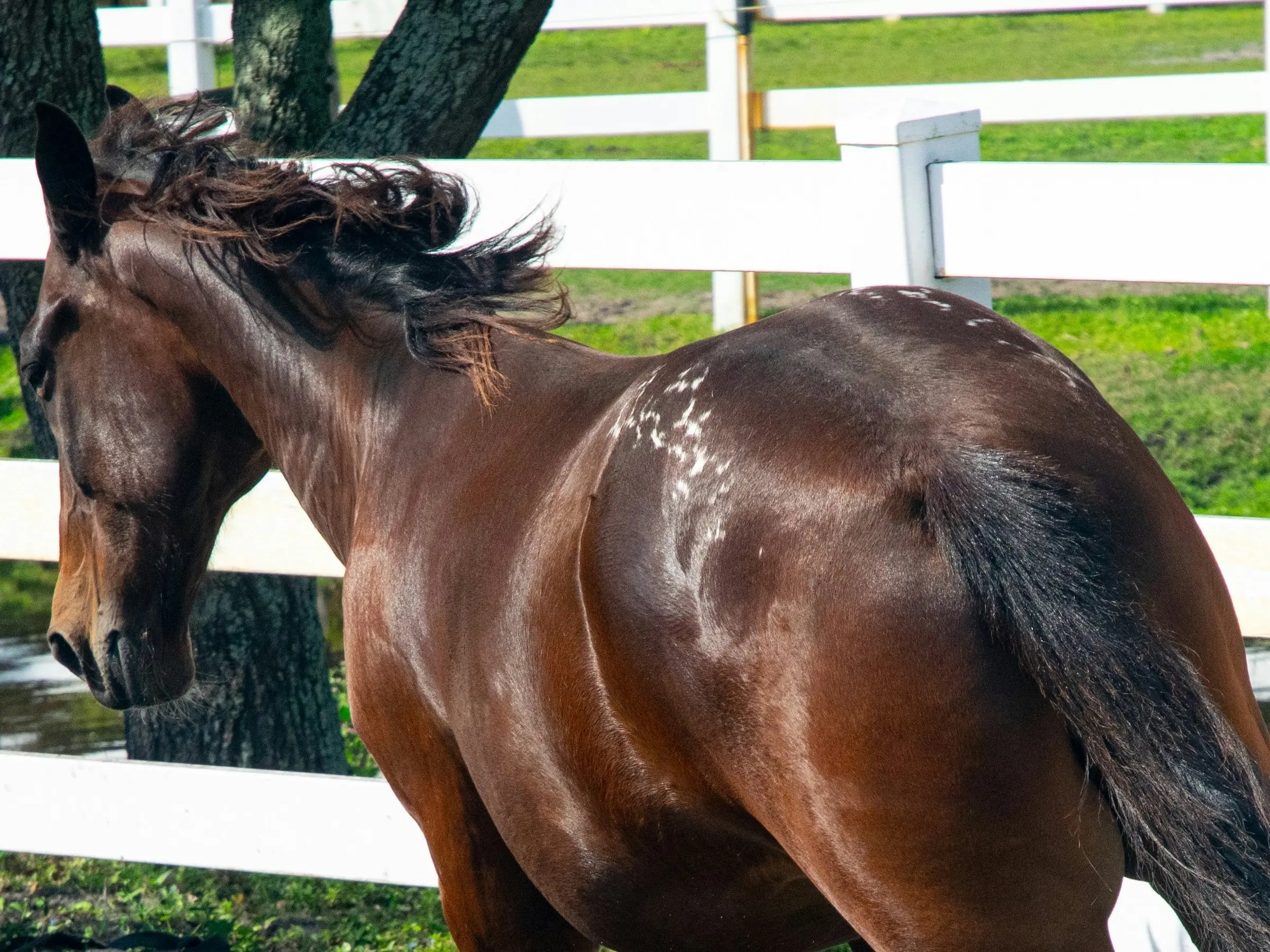 Lacing
LacingAlso called giraffe markings, marble, cobweb or catbacked, the cause of lacing is unknown and could be from more than one factor.
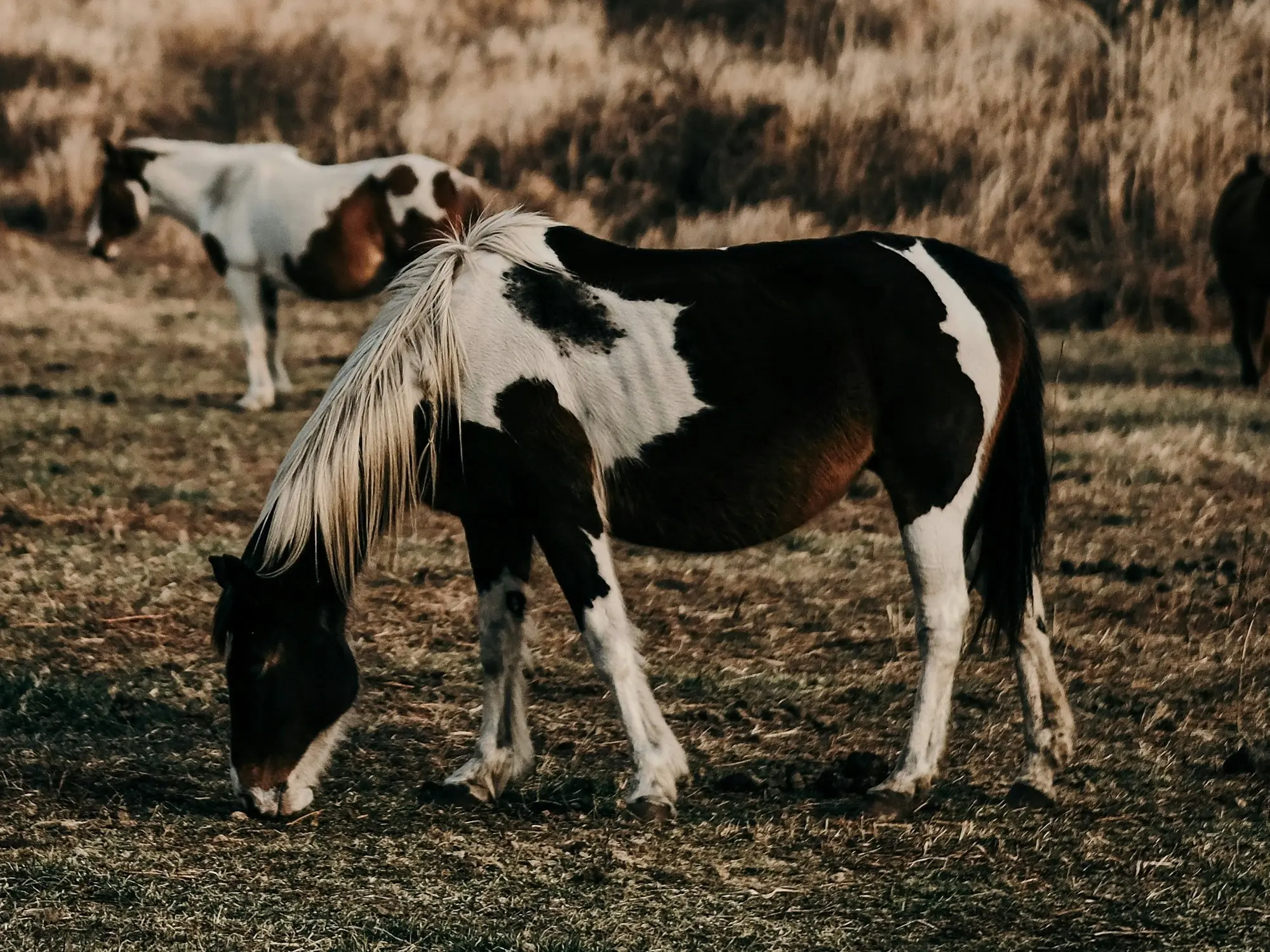 Moasic
MoasicThe result of a gene being mutated in utero, causing a different set of genetic instructions for a portion of the body.
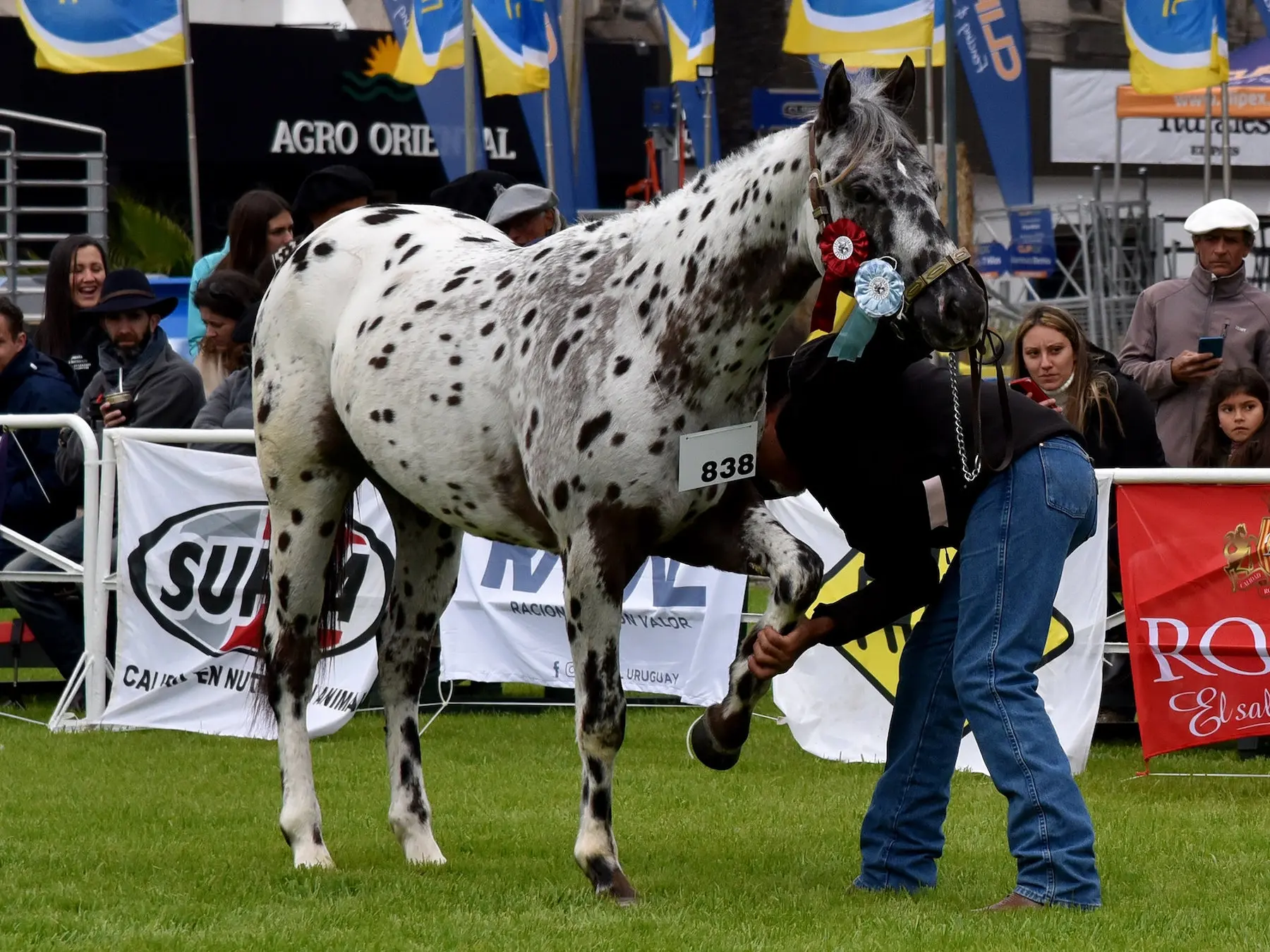 Peacock
PeacockProbably marble, peacock spots are of base color, surrounded by white, against the base coat. Creating striking patterns.
 Pinto Markings
Pinto MarkingsInteresting and rare markings can be found with any pinto type, especially if there are more than one white pattern at work.
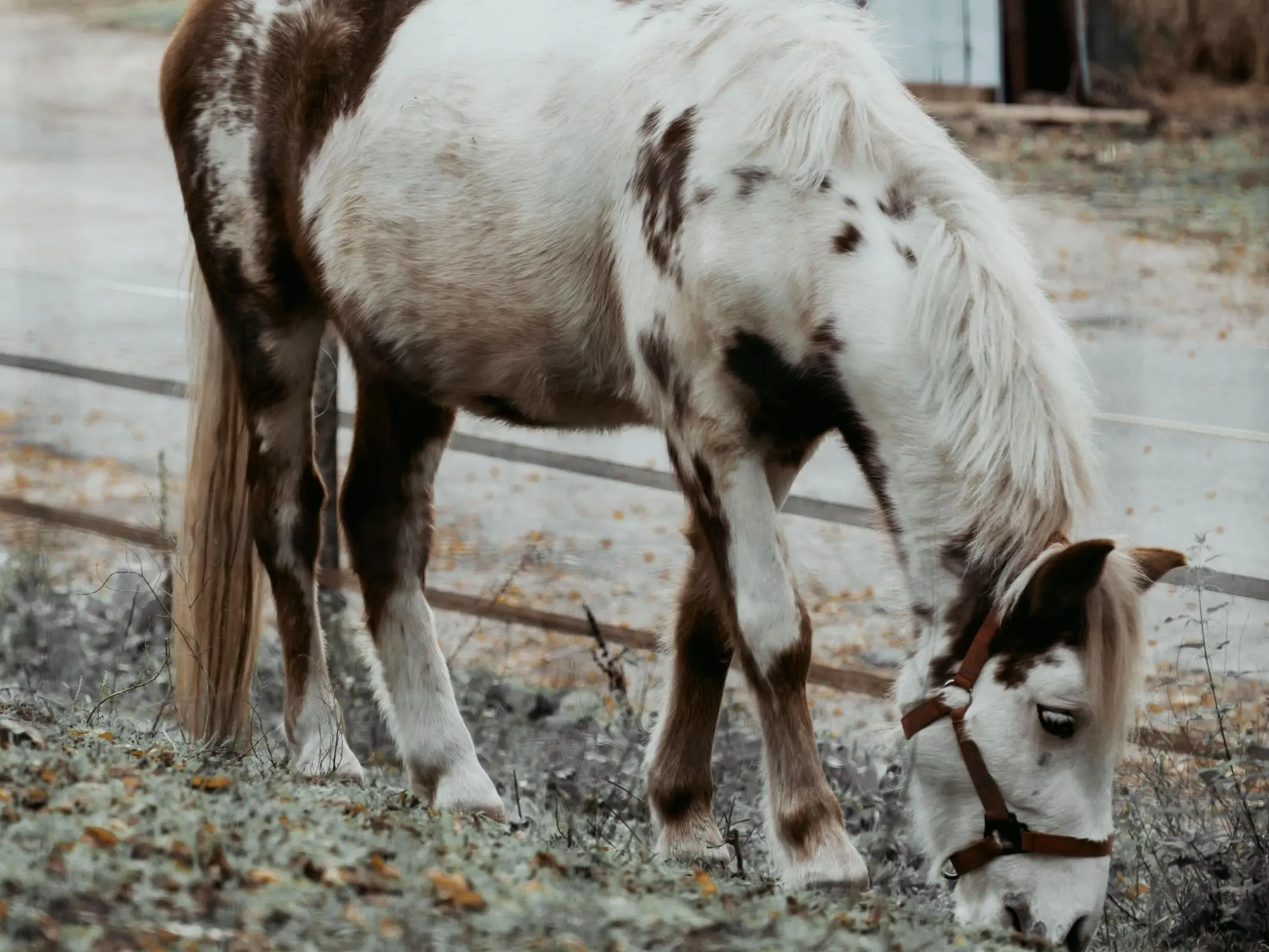 Pintaloosa
PintaloosaThe result of a pinto pattern and an leopard pattern mixed. This combination is rather rare and difficult to breed for.
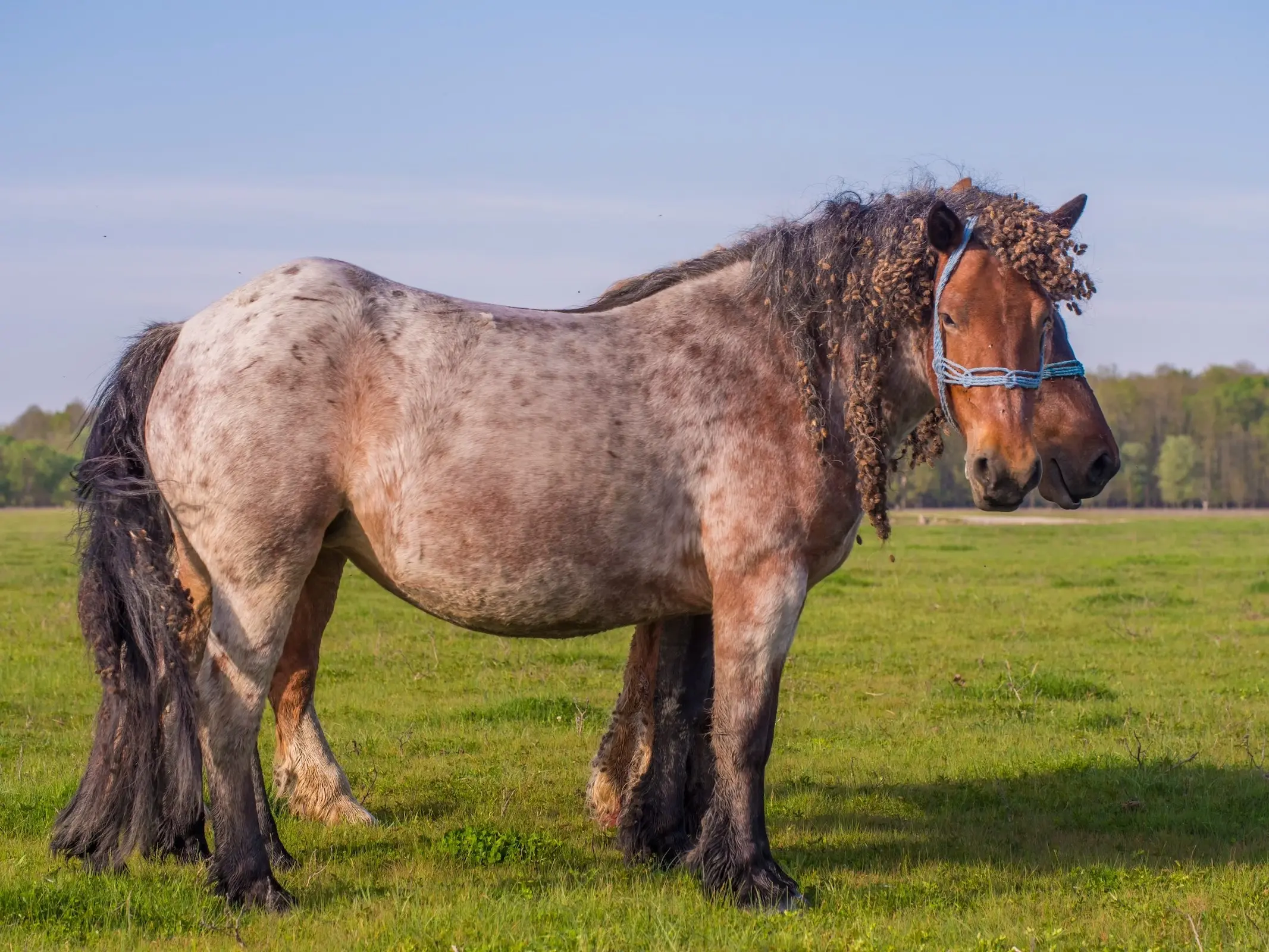 Reverse Dappling
Reverse DapplingReverse dapples are the opposite of dapples, with dark patches surrounded by lighter hair. Found on roan and appaloosa.
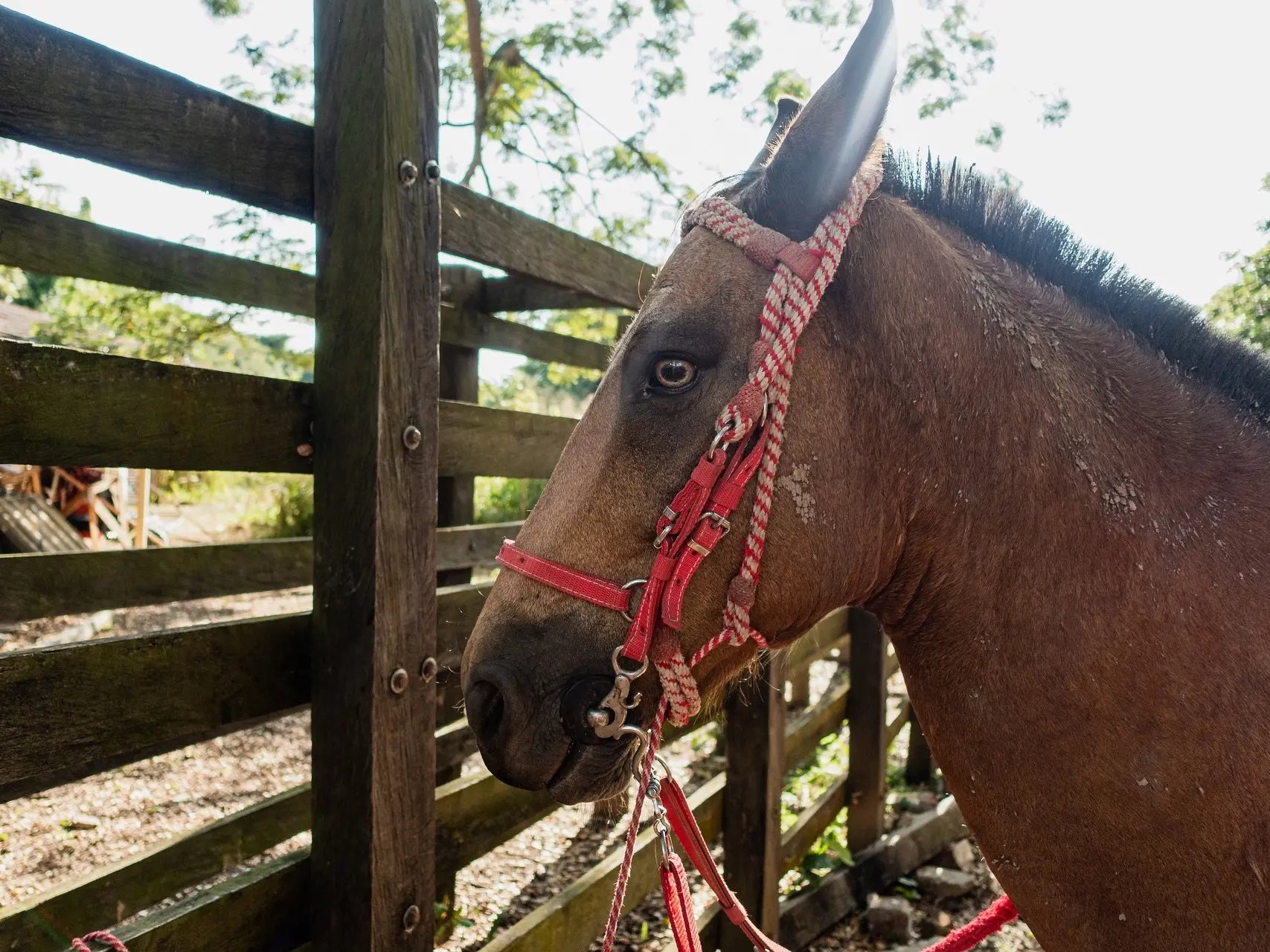 Tiger Eye
Tiger EyeA diluted iris color found in Puerto Rican Paso Finos, characterized by bright yellow, amber or orange colored irises.
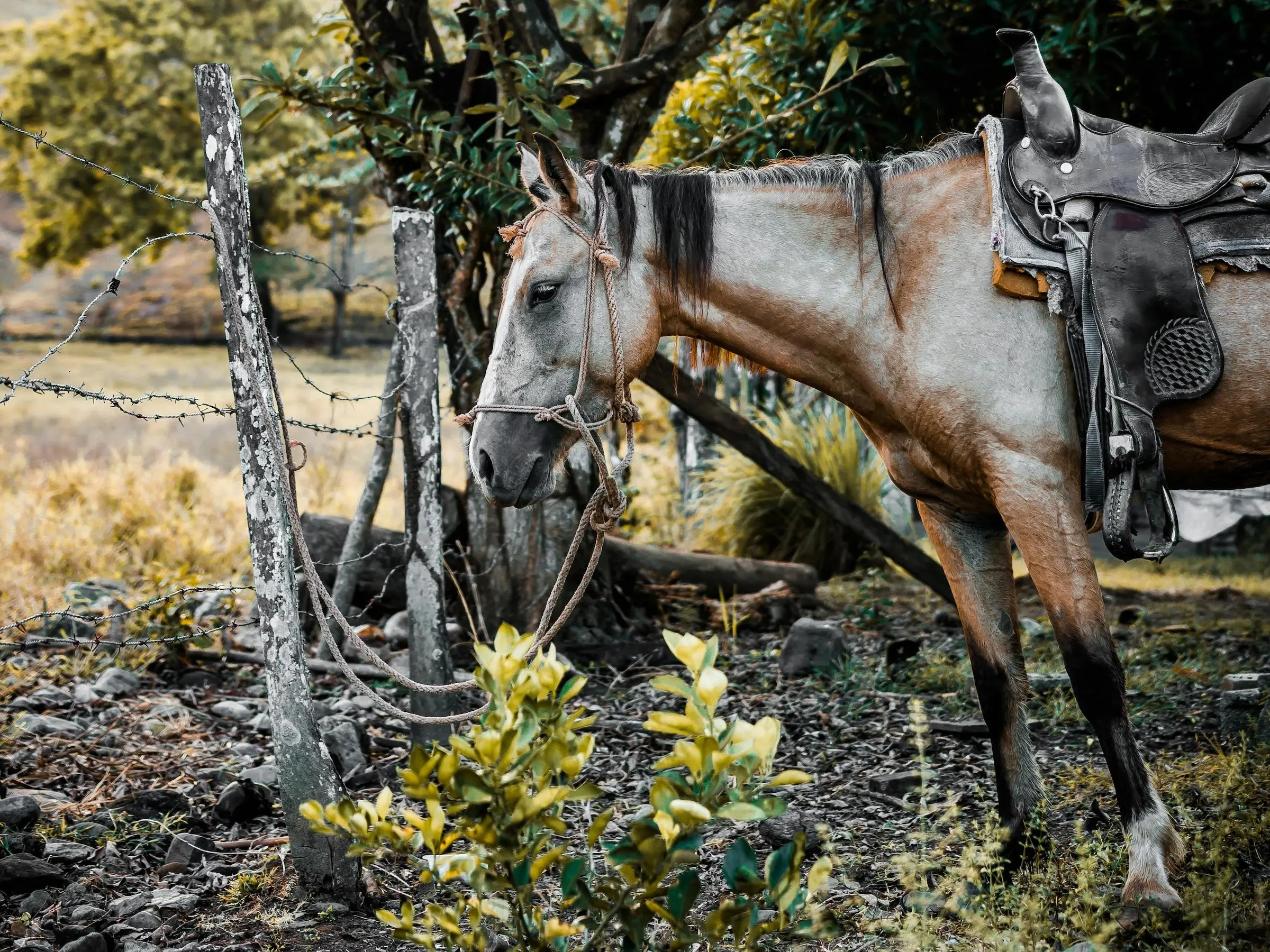 Unkown
UnkownA place for us to put examples of colors or markings that don’t fit anywhere and we can’t explain. Interesting stuff!
 Zorse
ZorseThe result of a zebra stallion and horse mare. The zorse comes in a almost any horse color, overlaid with primitive markings.
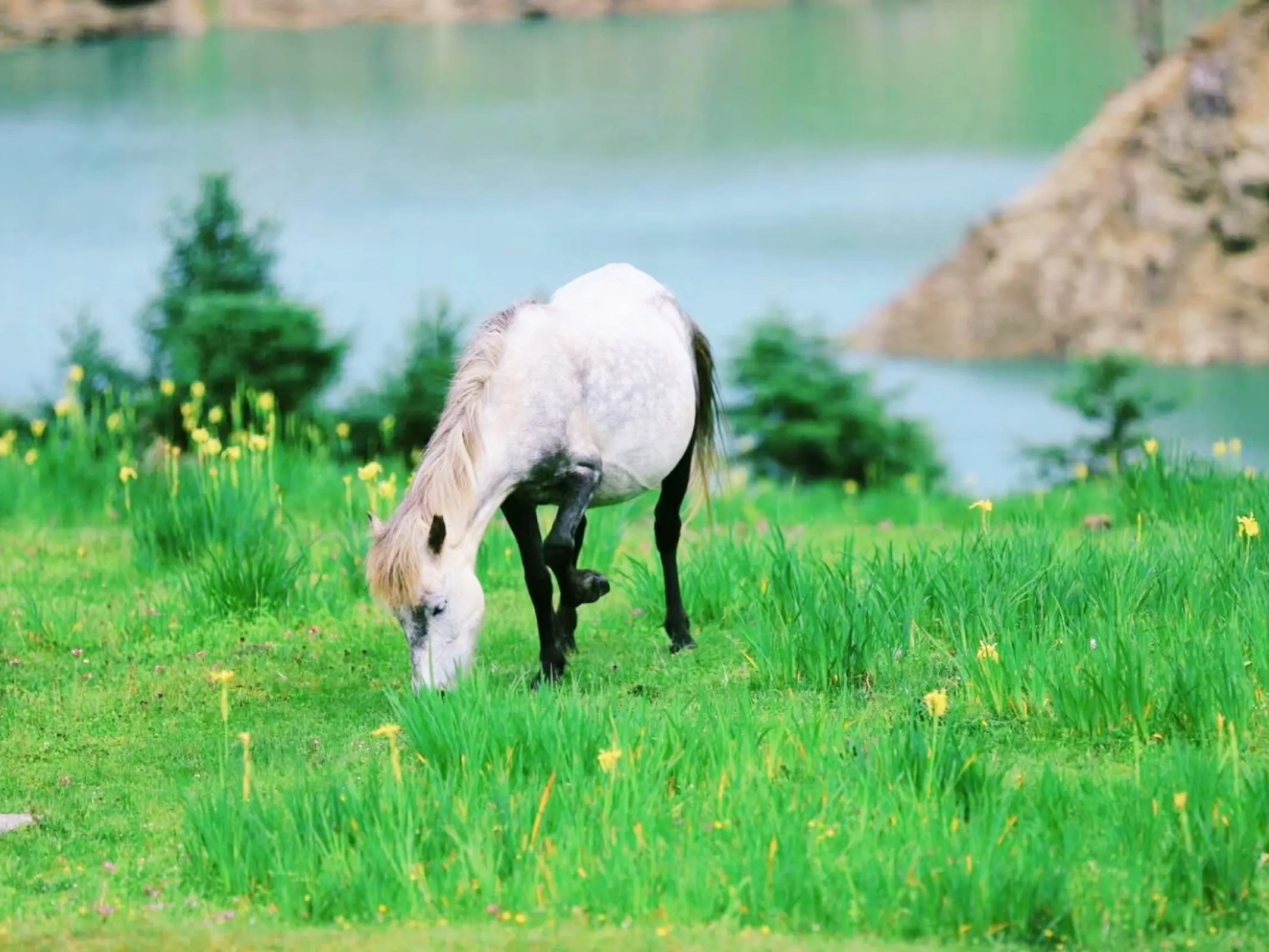 Chimera
Chimera